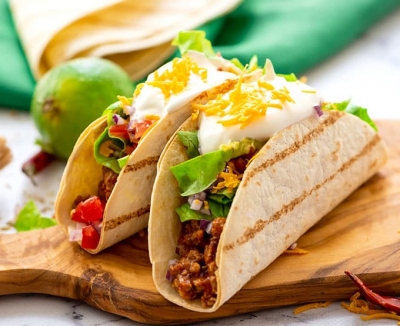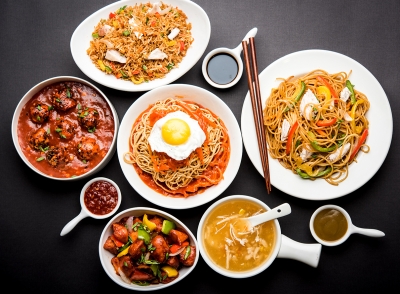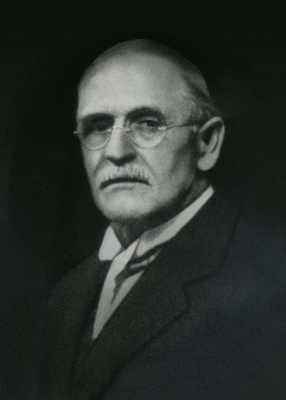What is a taco?

Today, we see tacos everywhere and in every form - carnitas, barbacoa, al pastor, adobada, and countless other variations of this corn-based tortilla wrap in authentic Mexican food. Though the taco came from Mexico, it seems to be one of the most universally loved foods, spreading worldwide.
The origin of the word taco comes from the Nahuatl’s “tlahco,” translating to “half, or in the middle” in English, describing the way we fold this tasty flatbread before eating it.
The origin of tacos begins with corn. Sometime around 3,000 BC, Mexicans excavated the “Valle de Tehuac” and hybridized grasses to create the corn plant. Indigenous cultures viewed corn as the foundation of humanity or the seed of life. They even believed humans were built of corn.
Ancient culture revered corn because it quite literally kept them alive and improved their overall quality of life drastically.
Corn kernels are nixtamalized with an alkaline treatment to remove the husk, then ground into a fine corn flour base of our favorite tortillas. Historians date the first traces of nixtamalized corn back to the Olmec culture back in 1,500 BC, meaning they likely included a basic corn flatbread in their diets.
The famous Moctezuma used these corn tortillas to scoop and hold his food after a hot stone preparation. Years later, after Hernan Cortez overthrew the Aztec empire, he fed his soldiers banquets of corn tortillas and pork.
Authentic Mexican tacos in their modern form developed sometime in the 19th century in the booming Mexican silver mines. The first true type of taco was the “taco de minero,” or “miner’s taco.”
And though we can’t say for sure, experts believe that “taco” referred initially to gunpowder wrapped in a thin piece of paper, used to blow up holes in the rock face and excavate the ore. It’s easy to see how a tasty tortilla wrap may have resembled them, earning the taco’s modern moniker. A small taco, taquito, looks exactly like a small stick of dynamite and might burn as badly as one for those not well acquainted with chile spice!
From there, tacos spread through the working-class of Mexico, with taquerias popping up to offer modestly priced meals. Migrant women brought the taco to Mexico City to sell, and the city quickly transformed into the country’s biggest taco hub.
In 1908, the city of Cuautla, Morelos birthed tacos made with sausage, chorizo, green sauce and pork rinds, mole Verde, and many more modern favorites. Eventually, these tacos made their way to the capital, Cuernavaca.
Credit : Uno Casa
Picture Credit : Google

